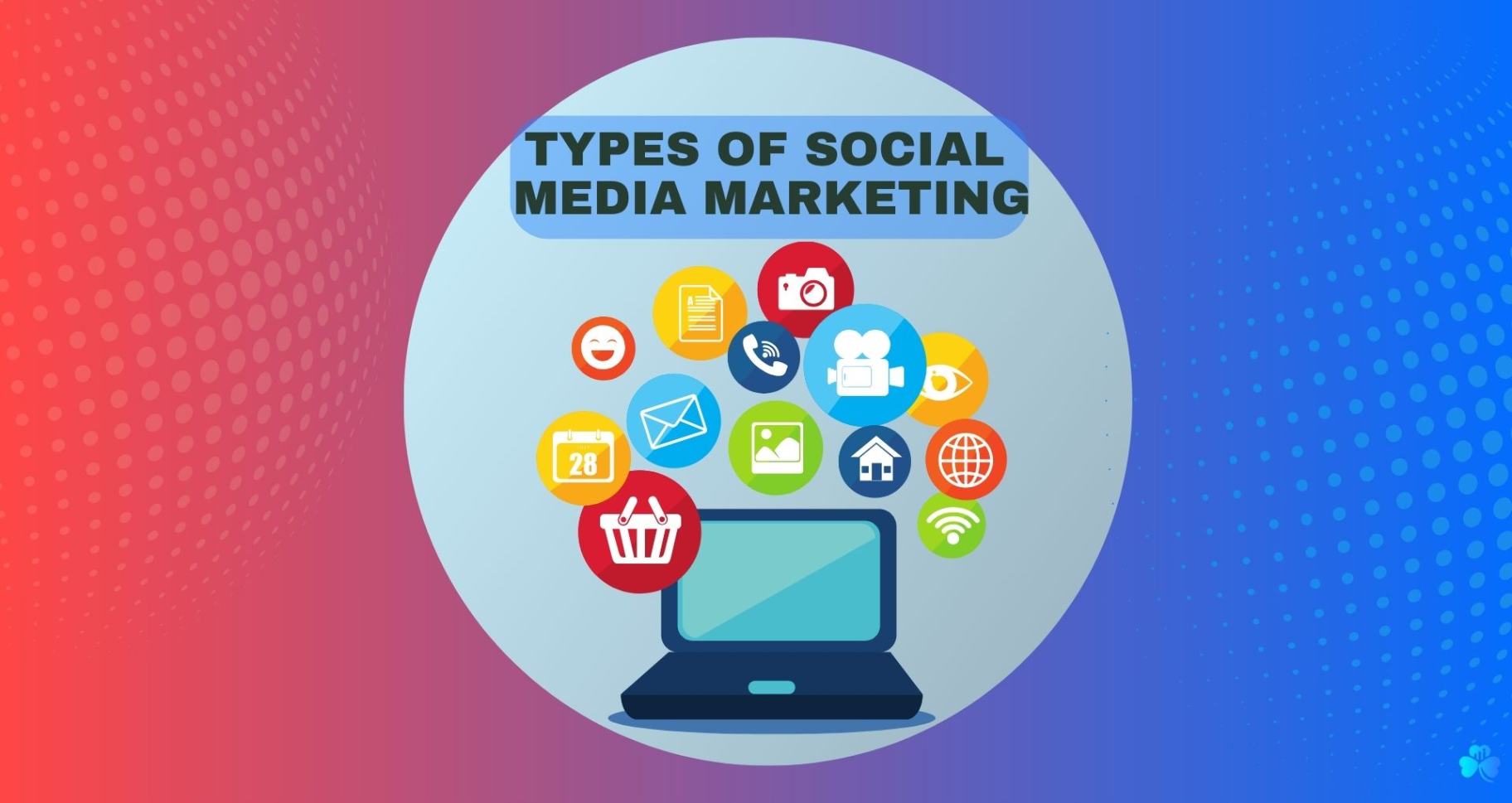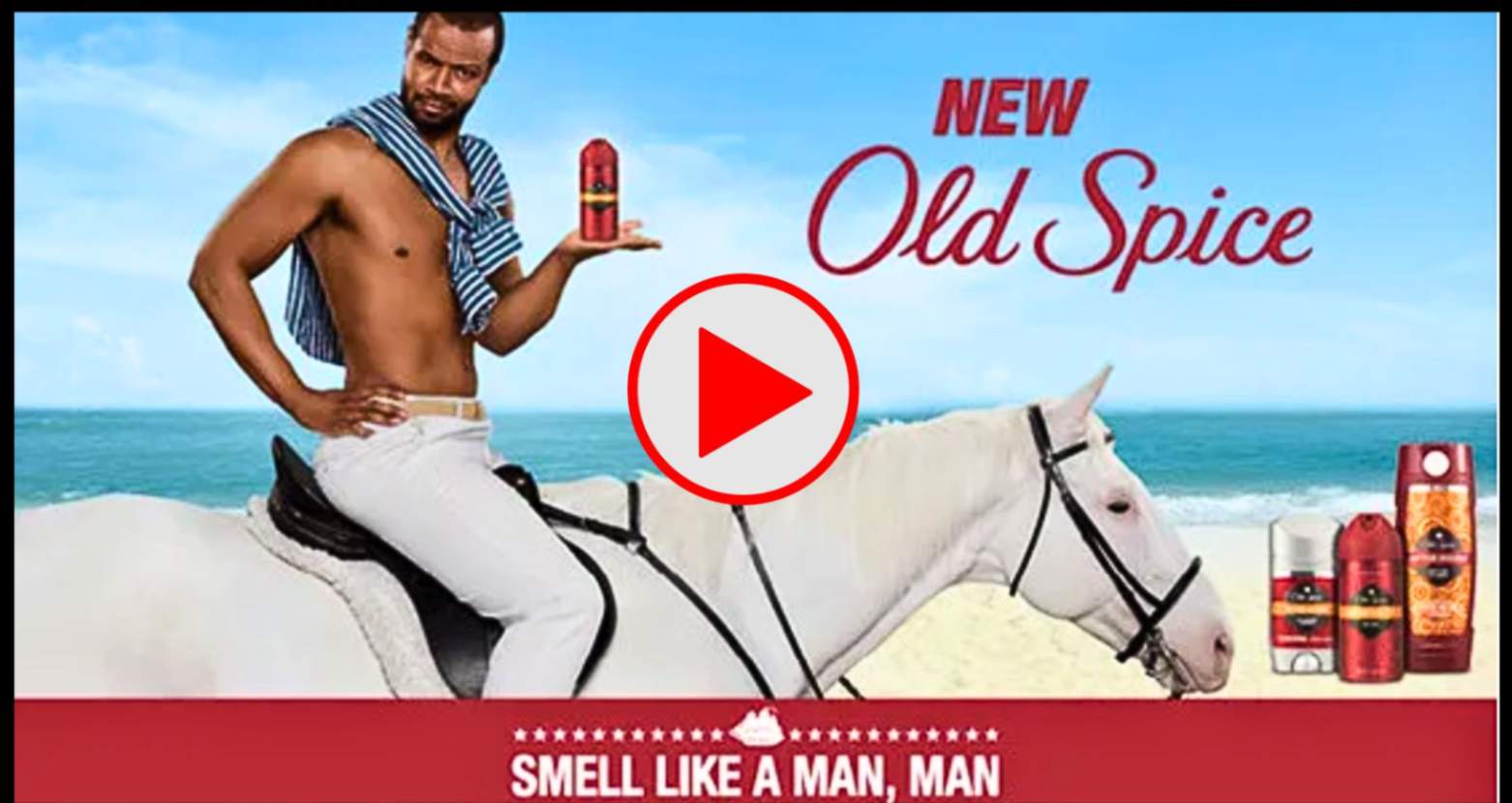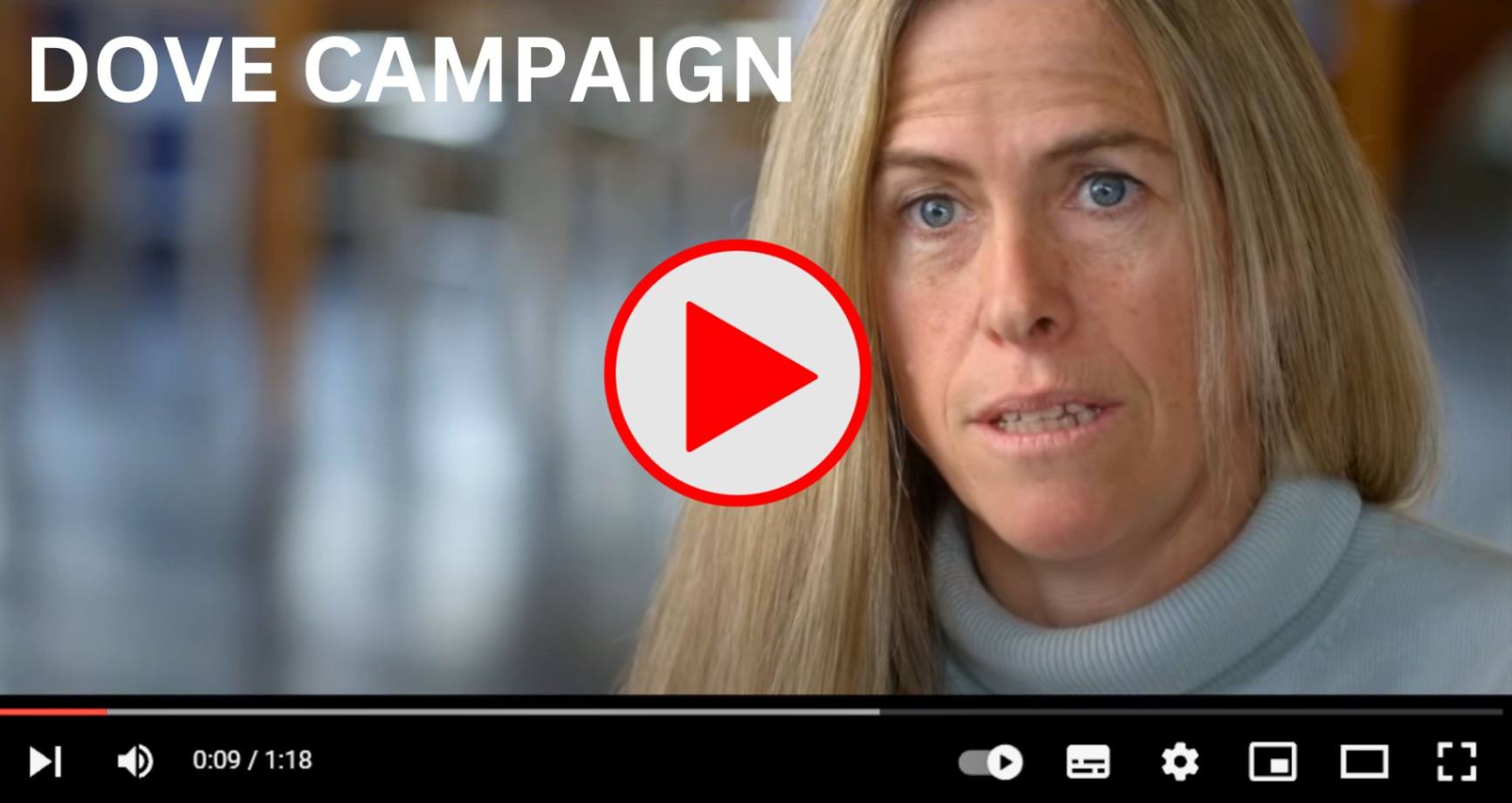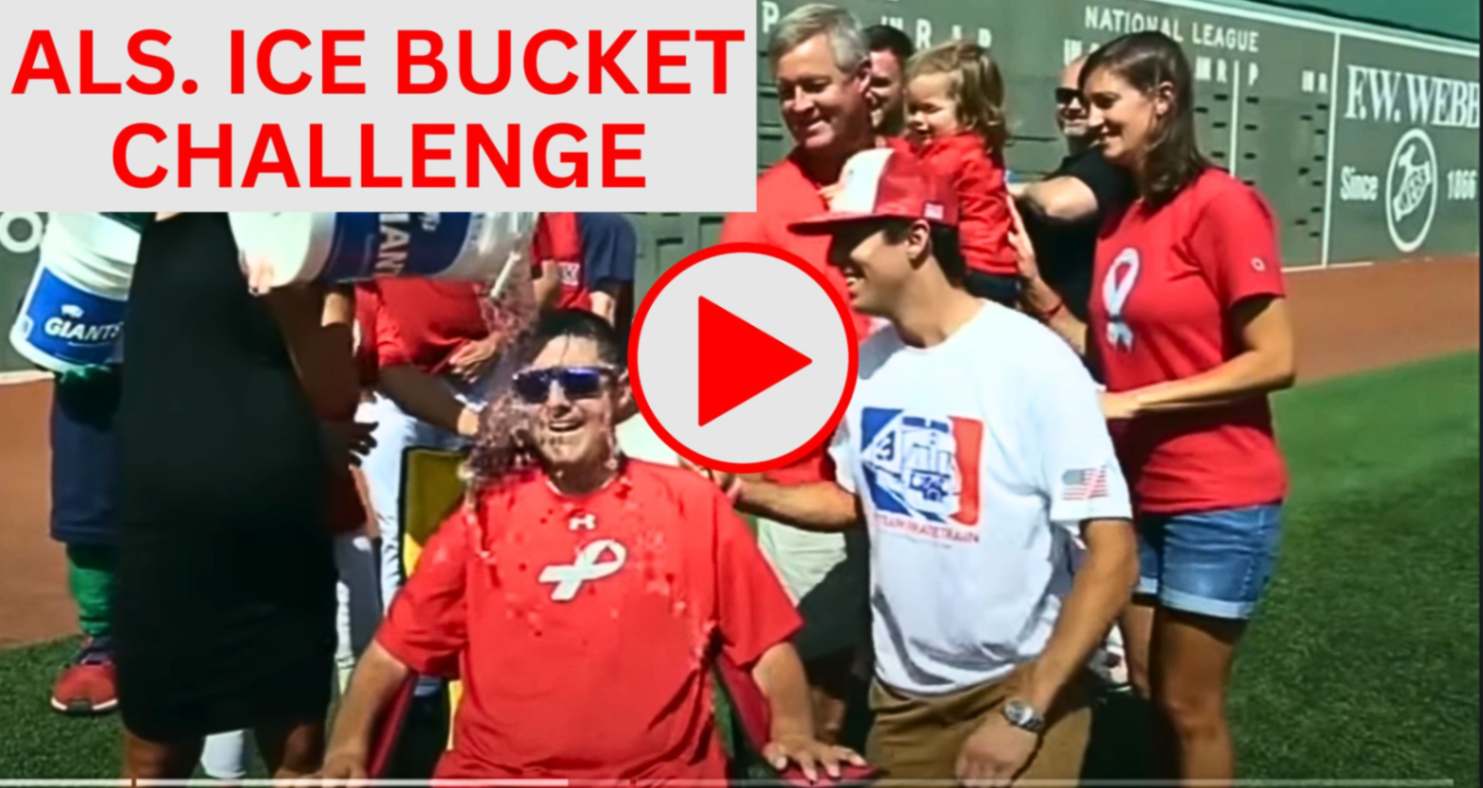Did you know that there are over 4.6 billion active social media users worldwide?
That's a lot of potential customers for your business! But with so many social media platforms out there, how do you know where to start?
In this ultimate guide to social media marketing, we'll cover all the different types of social media marketing and how to use them to grow your business.
From influencer marketing to social media advertising, we've got you covered.
This article might contain referral links from our chosen partners, that may bring us a small commission at no additional cost to you. Please read our disclosure page for more details.
Types of Social Media Marketing
Social media marketing has become an essential strategy for businesses in today's digital age.
With the increasing popularity and influence of social media platforms, businesses are leveraging them to reach and engage their target audience.
There are various types of social media marketing strategies, each with its own unique benefits and advantages.
Influencer Marketing
influencer marketing is a great social media marketing strategy and has become one of the most effective ways for businesses to reach and engage their target audience.
By partnering with influential individuals on these social media sites, businesses can tap into their followers and build brand awareness, increase credibility, and generate leads.
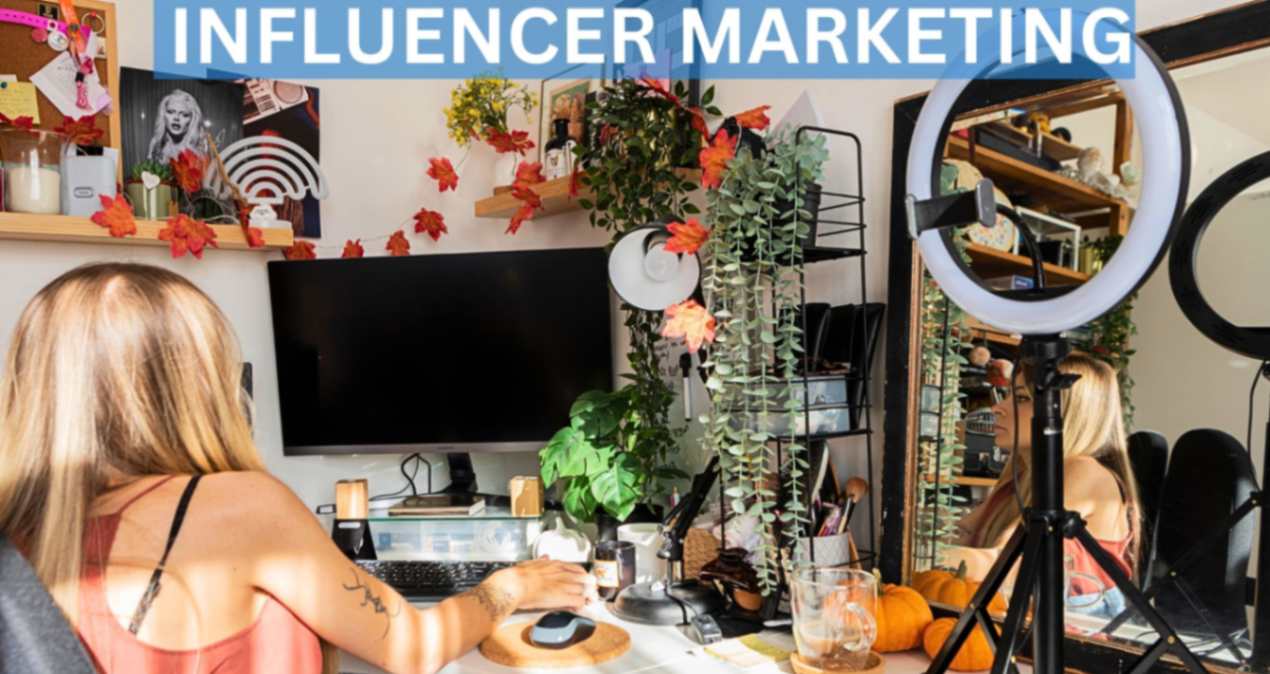
Benefits of Influencer Marketing
Increased brand awareness: Influencer marketing can help businesses to reach a wider audience and increase brand awareness.
When influencers promote products or services to their followers, their recommendations are often seen as more credible and trustworthy than traditional advertising.
Increased credibility: Influencers have built their credibility and trust with their followers over time. When they partner with a business, this can help to transfer that credibility to the brand.
Generated leads and sales: Influencer marketing can be used to generate leads and sales for businesses. When influencers promote products or services to their followers, they can include a link to the business's website or landing page.
This makes it easy for followers to learn more about the product or service and make a purchase.
How to Choose the Right Influencers
When choosing influencers to partner with, it is important to consider the following factors:
Audience: Choose influencers who have a target audience that aligns with your own. This will help you to reach the right people with your marketing message.
Engagement: Choose influencers who have a high engagement rate with their followers. This means that their followers are likely to see and interact with their content.
Credibility: Choose influencers who have a good reputation and are credible to their followers.
How to Work with Influencers
Once you have chosen influencers to partner with, it is important to develop a clear agreement that outlines the goals of the campaign, the deliverables, and the compensation.
It is also important to give influencers creative freedom to create content that is authentic to their brand and that will resonate with their followers.
Here are some tips for success in influencer marketing:
Choose the right influencers: Make sure to choose influencers who have a target audience that aligns with your own and who are credible to their followers.
Set clear goals: What do you want to achieve with your influencer marketing campaign? Do you want to increase brand awareness, drive traffic to your website, or generate leads?
Once you know your goals, you can choose influencers and create content that will help you achieve them.
Give influencers creative freedom: Influencers know their audience best, so give them the freedom to create content that is authentic to their brand and that will resonate with their followers.
Track your results: It is important to track the results of your influencer marketing campaigns so that you can see what is working and what is not.
You can use social media analytics tools to track metrics such as reach, engagement, and website traffic.
Content Marketing
Content marketing has long been considered a fundamental component of any successful marketing strategy, and it's even more important in the world of social media marketing.
When it comes to social media, content is king.
Why Content Marketing is Important for Social Media Marketing
There are a few key reasons why content marketing is so important for social media marketing:
Content attracts and engages your target audience. High-quality, valuable content is what people come to social media for. When you create and share content that is relevant to your target audience's interests, you're more likely to attract their attention and engage them with your brand.
Content positions you as an industry leader. By creating and sharing informative and insightful content, you can position yourself as an authority in your industry. This will help you to build trust and credibility with your target audience.
Content helps you to establish a strong online presence. When you regularly publish high-quality content on social media, you're building a library of resources that will help to establish your brand as a thought leader in your industry. This will also help you to attract new followers and visitors to your website.
Types of Content to Share on Social Media

There are many different types of types of social media marketing content that you can share on most social media platforms, but some of the most popular and effective types include:
Blog posts: Blog posts are a great way to share informative and insightful content with your target audience. You can write blog posts about industry news and trends, tips and advice, or even behind-the-scenes stories about your company.
Infographics: Infographics are a visually appealing way to present complex information in a simple and easy-to-understand format. They're perfect for sharing statistics, data, and trends.
Videos: Videos are one of the most engaging types of visual content on social media. You can use videos to share product demos, tutorials, customer testimonials, or even just behind-the-scenes looks at your company culture.
Images: Images are another great way to engage your audience on social media. You can share photos of your products, your team, or even just inspiring and beautiful images that are relevant to your brand.
Tips for Creating Effective Content for Social Media
When creating content for your social media presence, it's important to keep the following tips in mind:
Create high-quality content: Your content should be well-written, informative, and engaging. Make sure to proofread your content carefully before sharing it.
Use relevant visuals: People are more likely to engage with content that includes visuals, such as images, videos, and infographics.
Write catchy headlines and captions: Your headlines and captions should be attention-grabbing and informative. They should accurately reflect the content of your post and encourage people to click through.
Use relevant hashtags: Hashtags are a great way to get your content seen by more people. When you use relevant hashtags, your content will show up in the search results for those hashtags.
Promote your content: Don't just share your content on your social media pages and hope for the best. Promote your content by sharing it on other websites and social media platforms, and by reaching out to influencers in your industry.
Video Marketing-The Power of Visual Storytelling
"A picture is worth a thousand words," the saying goes.
But in today's digitally driven world, a video is worth a million!
Video marketing has become a powerful tool for businesses to capture the attention and engagement of social media users.
Why Video Marketing is Important for Businesses
There are a few key reasons why video marketing is so important for businesses:
Videos are more engaging than other types of content. People are more likely to watch a video rather than read blog content or look at a photo.
Studies have shown that videos are 53 times more likely to be shared on social media than images and text combined.
Videos can convey complex information in a simple and easy-to-understand format. Videos are a great way to explain complex concepts, demonstrate products or services, and tell your brand story.
Videos can create emotional connections with your audience. When people watch a video, they are more likely to feel connected to the brand and the people behind it. This can lead to increased brand loyalty and customer advocacy.
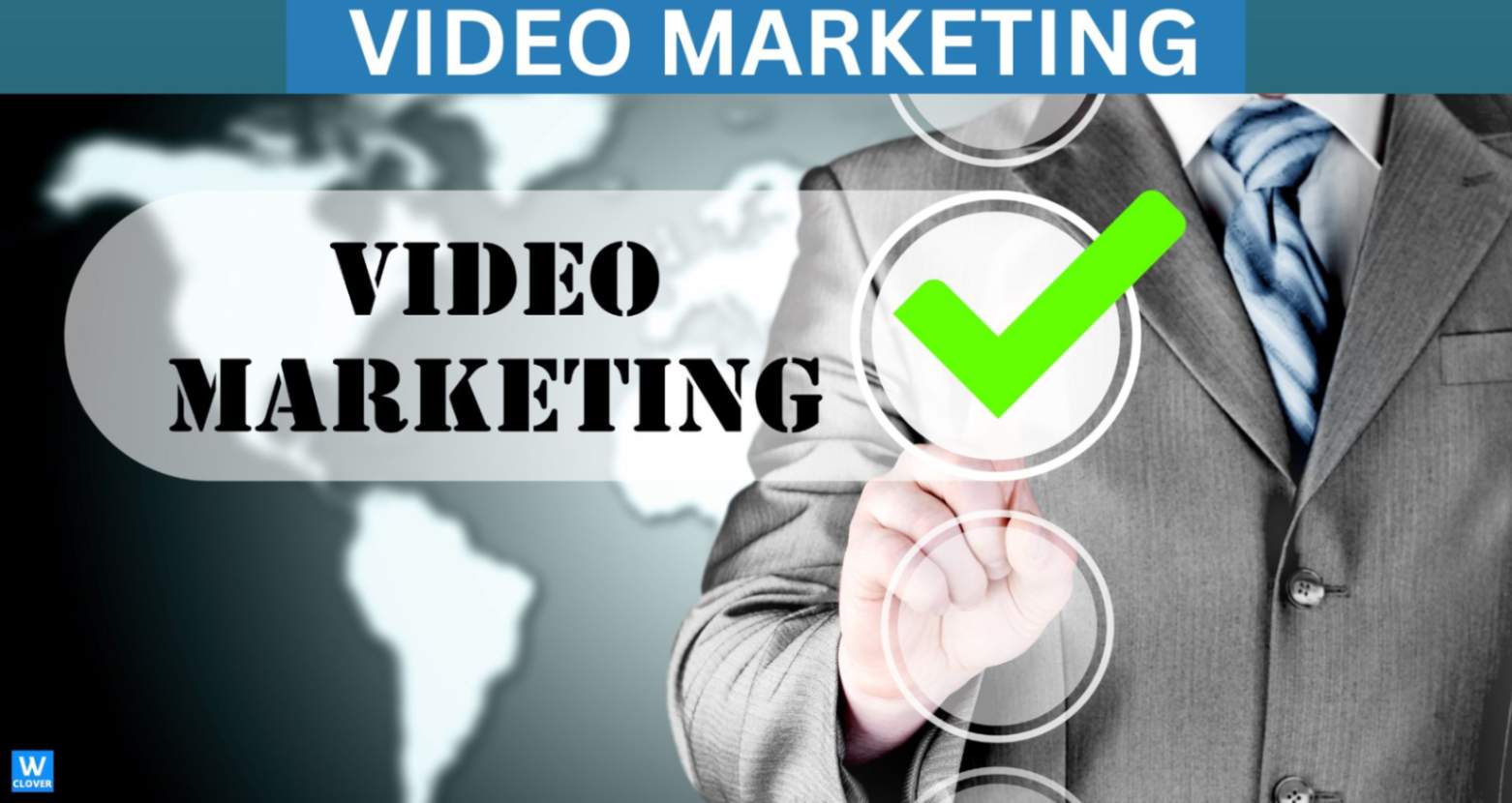
Types of Video Content for Social Media
There are many different types of video content that you can create for social media, but remember that short form videos are the most engaging and successful!
Some of the most popular types of social media marketing content include:
- Product demos: Product demos are a great way to showcase your products or services in action. You can use product demos to highlight the key features and benefits of your products, as well as how to use them.
- Explainer videos: Explainer videos are short, animated videos that explain complex concepts in a simple and easy-to-understand way. They are perfect for explaining new products or services, or for educating your audience about a particular topic.
- Testimonials: Testimonials are video testimonials from your customers about their positive experiences with your brand. Testimonials are a great way to build trust and credibility with potential customers.
- Behind-the-scenes videos: Behind-the-scenes videos give your audience a glimpse into the inner workings of your company. They can be a great way to humanize your brand and connect with your audience on a more personal level.
- Live video: Live video is a great way to interact with your audience in real-time. You can use live video to host Q&A sessions, give product demos, or even just chat with your audience.
Tips for Creating Effective Video Content for Social Media
When creating video content for your social media channels, it's important to keep the following tips in mind:
- Keep your videos short and to the point. People have short attention spans, so it's important to keep your videos short and to the point. Aim for videos that are no longer than 2 minutes long.
- Use high-quality visuals. Your videos should be well-shot and well-edited. Use high-quality visuals and audio to create a professional and engaging experience for your viewers.
- Write compelling headlines and descriptions. Your headlines and descriptions should be attention-grabbing and informative. They should accurately reflect the content of your video and encourage people to click through.
- Use relevant hashtags: Hashtags are a great way to get your videos seen by more people. When you use relevant hashtags, your videos will show up in the search results for those hashtags.
- Promote your videos: Don't just share your videos on your social media pages and hope for the best. Promote your videos by sharing them on other websites and social media platforms, and by reaching out to influencers in your industry.
Tip- you can use an AI video generator to speed up your video creation process!
Social Media Advertising-A Powerful Tool for Targeted Reach
Social media advertising is a powerful tool that businesses can use to reach a highly targeted audience.
Platforms like Facebook, Instagram, and LinkedIn offer sophisticated advertising features that allow businesses to set specific demographics, interests, and behaviors to narrow down their target audience.
This means that businesses can target their ads to people who are most likely to be interested in what they have to offer, increasing the chances of success.
One of the biggest benefits of social media advertising is that it allows businesses to display their ads directly in the news feeds of their target audience.
This gives businesses a high level of visibility and ensures that their messages are being seen by the people they want to reach.
Additionally, social media ads can be very engaging, with images, videos, and interactive elements that can capture attention and drive traffic to websites and landing pages.
Social media advertising can also be used to generate leads.
By including calls to action in their ads, businesses can encourage people to sign up for their email list, download a white paper, or register for a webinar.
This can help businesses to build a pipeline of potential customers and nurture them towards a purchase.
Overall, social media advertising is an effective way for businesses to reach a highly targeted audience, increase visibility, drive traffic, and generate leads.
Here are some additional benefits of social media advertising:
- Measurable results: Social media advertising platforms provide detailed analytics that allow businesses to track the performance of their campaigns and see what is working well and what is not. This information can be used to optimize campaigns for better results.
- Cost-effectiveness: Social media advertising can be very cost-effective, especially for small businesses. Businesses can set a daily or monthly budget and only pay when someone clicks on their ad.
- Scalability: Social media advertising campaigns can be scaled up or down as needed, making them ideal for businesses of all sizes.
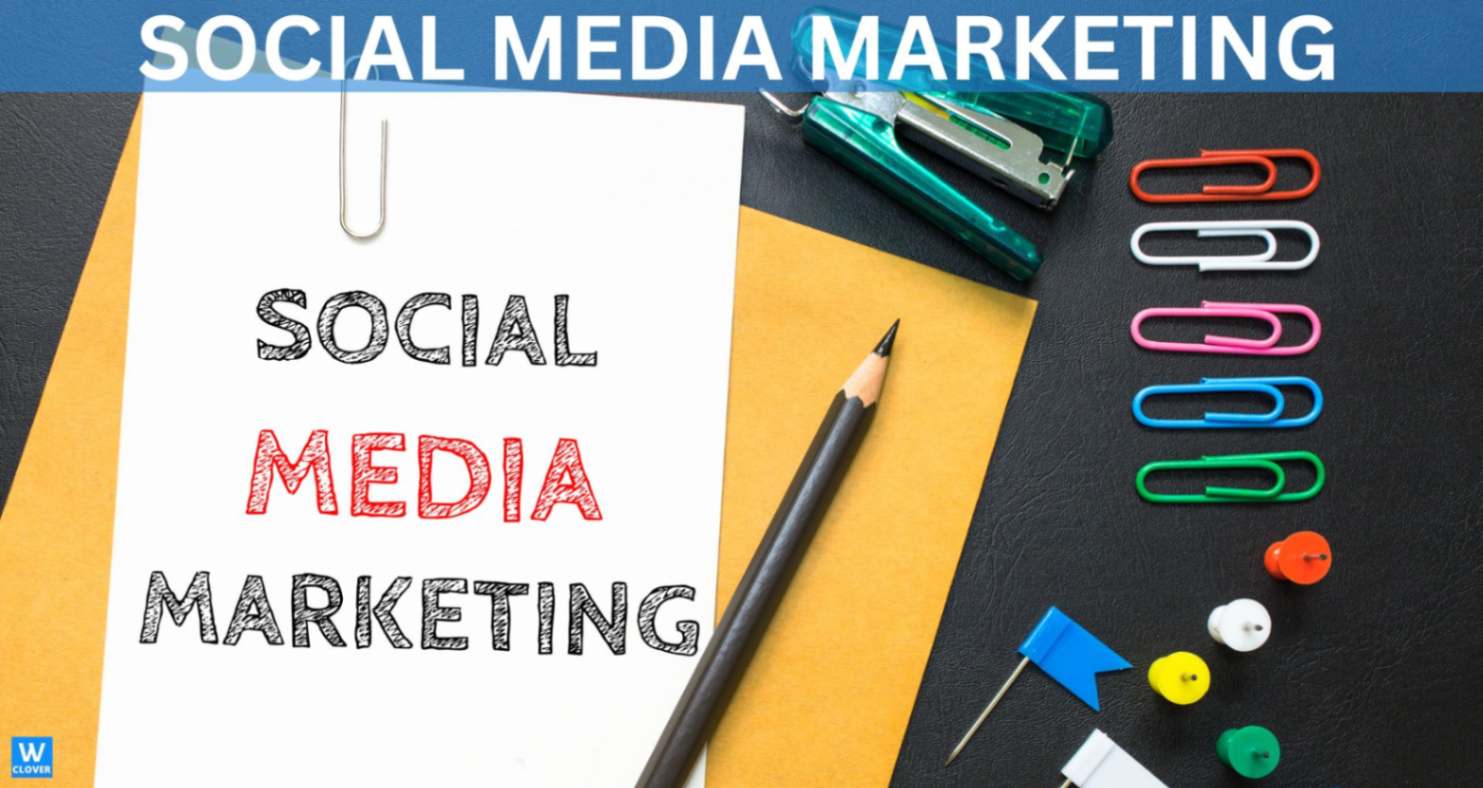
To get the most out of social media advertising, businesses should carefully consider their target audience and goals.
They should also create engaging and informative ads that are relevant to their target audience.
Additionally, businesses should use a good link tracker to check the results of their campaigns and make adjustments as needed.
User-generated Content
User-generated content (UGC) is any form of content created and shared by users on social media platforms.
This can include reviews, testimonials, photos, videos, blog posts, and more. UGC is a powerful tool for social media marketing because it is authentic, engaging, and persuasive.
When businesses leverage UGC in their social media marketing strategies, they can achieve a number of benefits, including:
Increased brand authenticity: UGC is seen as more authentic than traditional advertising because it is created by real people. When businesses showcase UGC, they are showing their potential customers that their brand is loved and trusted by other consumers.
Improved engagement: UGC is more engaging than other types of content because it is relevant to the users who are seeing it. When businesses share UGC, they are more likely to capture the attention of their target audience and start conversations.
Greater social proof: UGC acts as social proof, which is the psychological phenomenon where people are more likely to do something if they see others doing it. When businesses showcase UGC, they are showing their potential customers that other people are using and enjoying their products or services.
Here are some ways that businesses can encourage and leverage UGC in their social media marketing strategies:
Create and promote branded hashtags: Branded hashtags are a great way to encourage users to create and share UGC about your brand.
When you create a branded hashtag, promote it on your social media pages and in your marketing materials.
You can also use contests and giveaways to incentivize users to use your branded hashtag.
Run social media contests and giveaways: Contests and giveaways are another great way to encourage users to create and share UGC.
When you run a contest or giveaway, be sure to ask users to share a photo or video of themselves using your product or service in order to enter. You can also ask users to tag your brand in their posts.
Monitor social media for mentions and tags: When users mention or tag your brand in their social media posts, be sure to respond and thank them. You can also re-share their posts to your social media pages.
This is a great way to show your appreciation for your customers and encourage them to continue sharing content about your brand.
Partner with influencers: Influencers are social media users who have a large following of engaged followers.
When you partner with influencers, you can ask them to create and share UGC about your brand with their followers.
This is a great way to reach a new audience and generate awareness for your brand.

How to Showcase UGC in Your Social Media Marketing
There are a number of ways that businesses can showcase UGC in their social media marketing efforts. Here are a few tips:
Share UGC on your social media pages: This is the simplest way to showcase UGC. Simply share photos, videos, and other UGC that users have created about your brand on your social media pages. Be sure to tag the users who created the content and thank them for sharing.
Create dedicated UGC galleries: You can create dedicated UGC galleries on your website and social media pages. This is a great way to showcase the best UGC that you have received from your customers.
Use UGC in your social media ads: You can use UGC in your social media ads to create more engaging and persuasive ads. For example, you can use a photo or video of a happy customer using your product or service in your ad.
Run social media campaigns that feature UGC: You can run social media campaigns that feature UGC. For example, you could run a campaign where you ask users to share photos of themselves using your product or service with a specific hashtag.
You could then collect the best UGC from the campaign and use it in your marketing materials.
By following these tips, businesses can leverage the power of user-generated content to achieve their social media marketing goals.
Email Marketing
Social media platforms are valuable for reaching a wide audience, but email marketing allows businesses to establish direct and personalized communication with their subscribers.
This is because email marketing is a permission-based marketing channel, meaning that businesses can only send emails to people who have opted in to receive them.
This gives businesses a high level of control over their campaigns and ensures that their messages are being delivered to people who are interested in what they have to say.
Benefits of Email Marketing
Email marketing offers a number of benefits for businesses, including:
Direct communication: Allows businesses to communicate directly with their subscribers.
This means that businesses can bypass the algorithms and gatekeepers of social media platforms and deliver their messages straight to their subscribers' inboxes.
Personalization: Allows businesses to personalize their communication with their subscribers.
This can be done by using the subscriber's name in the email, segmenting subscribers based on their interests, and sending targeted offers and updates.
Measurable results: Email marketing is a highly measurable marketing method.
Businesses can track a variety of metrics, such as open rates, click-through rates, and conversion rates, to see how their email campaigns are performing.
How to Use Email Marketing Effectively
To use email marketing effectively, businesses should follow these tips:
Build a permission-based email list: Businesses should only send emails to people who have opted in to receive them.
This can be done by adding an opt-in form to their website or by offering a lead magnet in exchange for an email address.
Segment their email list: Businesses should segment their email list based on subscribers' interests, demographics, or purchase history. This will allow them to send more targeted and relevant emails.
Personalize their emails: Businesses should personalize their emails by using the subscriber's name, including relevant content, and sending targeted offers and updates.
Create engaging email content: Businesses should create email content that is engaging, informative, and relevant to their subscribers' interests. This could include blog posts, articles, infographics, or even videos.
Test and optimize their email campaigns: Businesses should test and optimize their email campaigns to improve their performance. This could involve testing different subject lines, email content, and calls to action.
How to Nurture Leads with Email Marketing
It's a great way to nurture leads. By sending targeted and relevant emails, businesses can educate and engage their leads and move them closer to a purchase decision.
Here are some tips for nurturing leads:
Send welcome emails: When a new subscriber joins your email list, send them a welcome email. This email should introduce your brand, explain what kind of content they can expect to receive, and offer them a lead magnet in exchange for their contact information.
Send educational emails: Send educational emails to your subscribers that teach them about your industry, your products or services, and how to solve their problems.
Send case studies and testimonials: Send case studies and testimonials to your subscribers to show them how your products or services have helped other customers.
Send exclusive offers and discounts: Send exclusive offers and discounts to your subscribers to incentivize them to make a purchase.
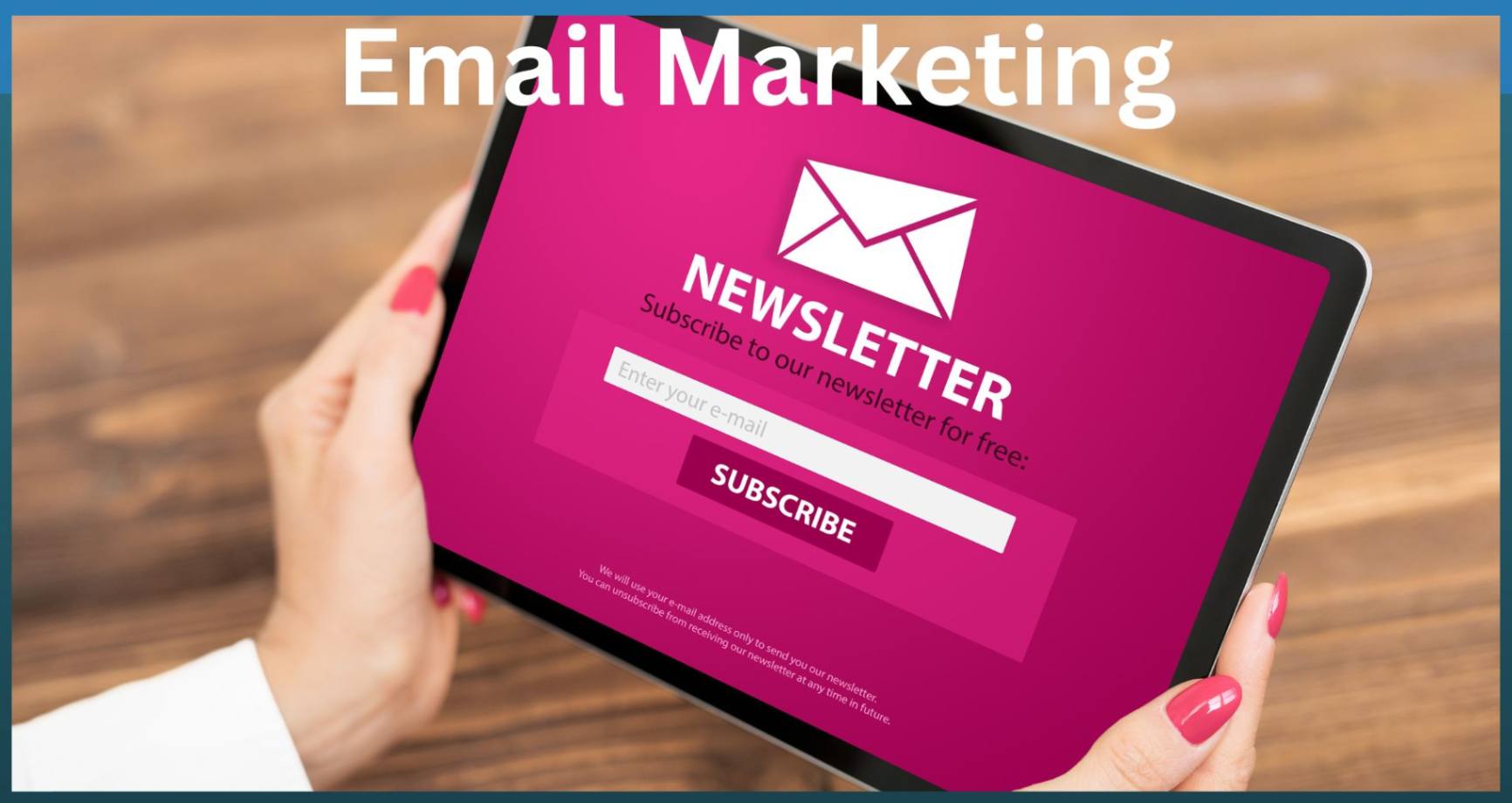
How to Drive Conversions
It can also be used to drive conversions.
By sending targeted and persuasive emails, businesses can encourage their subscribers to take the desired action, such as visiting their website, signing up for a free trial, or making a purchase.
Here are some tips for driving conversions with a good email marketing strategy:
Use clear and concise calls to action: Tell your subscribers what you want them to do in your emails. Use clear and concise calls to action, such as "Shop Now," "Sign Up for a Free Trial," or "Download Our Whitepaper."
Create a sense of urgency: Create a sense of urgency in your emails by offering limited-time discounts or by letting your subscribers know that they are only a few steps away from getting something they want.
Make it easy for subscribers to take the desired action: Make it easy for subscribers to take the desired action by including clear instructions and links in your emails.
How to Build Long-Term Relationships with Customers with Email Marketing
Email is a great way to build long-term relationships with customers.
By sending regular and valuable emails, businesses can stay top-of-mind with their customers and build trust and loyalty.
Here are some tips for building long-term relationships with customers with email:
Send regular emails to your customers with valuable content, such as blog posts, articles, infographics, or even videos. This will help you to stay top-of-mind with your customers and build trust and loyalty.
Celebrate customer milestones: You can celebrate customer milestones by sending them a personalized message, offering them a discount or special promotion, or giving them a small gift.
This shows customers that you appreciate their business and that you are paying attention to them. It can also help to build loyalty and encourage repeat business.
Hashtag Campaigns
Hashtags have become an essential part of social media, and businesses can leverage their power through hashtag campaigns.
A hashtag campaign involves creating a unique hashtag or using a trending hashtag to encourage users to engage, share content, and participate in conversations related to a particular topic or event.
By running effective hashtag campaigns, businesses can achieve a number of goals, including:
Increased brand visibility: Hashtags can help businesses to increase their brand visibility by reaching a wider audience.
When users search for hashtags on social media, they will see all of the posts that have been tagged with that hashtag.
This means that businesses can reach people who are interested in their products or services, even if they are not following the business directly.
Expanded reach: Hashtags can help businesses to expand their reach by reaching new audiences. When users share content with hashtags, their followers will see those posts as well.
This means that businesses can reach people who are not already following them, but who may be interested in what they have to say.
Sparked conversations: Hashtags can help businesses to spark conversations around their brand or products. When users engage with hashtags, they are participating in a conversation about that topic.
This gives businesses an opportunity to interact with potential customers and learn more about their needs and interests.

How to Create an Effective Hashtag Campaign
When creating a hashtag campaign, businesses should follow these tips:
Choose a relevant hashtag: The hashtag that you choose should be relevant to your brand, products, or services. This will help you to reach the right audience with your campaign.
Use a unique hashtag: If you are creating your own hashtag, make sure that it is unique. This will help your hashtag to stand out from the crowd and make it easier for people to find.
Promote your hashtag: Once you have chosen a hashtag, promote it on your social media pages and website. Encourage your followers to use the hashtag in their posts.
Monitor your hashtag: Monitor your hashtag to see how people are using it. This will help you to learn more about your audience and to identify any potential problems with your campaign.
Examples of Effective Hashtag Campaigns
Here are a few examples of effective hashtag campaigns:
#DoritosCrashTheSuperBowl: Doritos ran a campaign where they invited users to create and submit their own Doritos commercials for the Super Bowl. The campaign was a huge success, with over 5,000 commercials submitted.
#NoFilter: Dove ran a campaign where they encouraged women to post photos of themselves without any filters. The campaign was designed to promote body positivity and self-acceptance.
#IceBucketChallenge: The ALS Association ran a campaign where people challenged each other to dump a bucket of ice water over their heads and donate to the ALS Association. The campaign went viral and raised over $100 million for the charity.
Viral Marketing
If there's one thing social media is known for, it's viral content.
Viral content is content that is shared rapidly across social media platforms, reaching a large audience in a short period of time.
Viral marketing involves creating and promoting content with the goal of making it go viral.
Why Viral Marketing is Important
Viral marketing is important for businesses because it can help them to achieve a number of goals, including:
Increased brand awareness: When content goes viral, it exposes a large number of people to the brand. This can help to increase brand awareness and visibility.
Expanded reach: Viral content can help businesses to reach new audiences. When people share content with their followers, those followers are exposed to the brand as well.
This can help businesses to expand their reach beyond their existing audience.
Increased engagement: Viral content is often highly engaging. When people share content, they are usually commenting on it, liking it, and reacting to it.
This can help businesses to increase engagement with their brand.

How to Create Viral Marketing Content
There is no guaranteed formula for creating viral content, but there are a few things that businesses can do to increase their chances of success:
• Create compelling content: Viral content is often compelling, entertaining, or emotionally resonant.
It captures the attention and interest of social media users and makes them want to share it with others.
• Make it easy to share: Viral content is easy to share. It is typically short and to the point, and it is often accompanied by a catchy headline or image.
• Promote your content: Once you have created viral-worthy content, you need to promote it. Share it on your social media pages, reach out to influencers, and submit it to relevant websites and blogs.
Examples of Successful Viral Marketing Campaigns
Here are a few examples of successful viral marketing campaigns:
• The Old Spice "The Man Your Man Could Smell Like" campaign: This campaign featured a series of humorous and over-the-top videos that went viral on YouTube. The campaign helped to increase brand awareness and sales for Old Spice.
• The Dove "Real Beauty Sketches" campaign: This campaign featured a video that showed women describing themselves to a sketch artist.
The artist then sketched the women based on their descriptions, and the final sketches were much more beautiful than the women had described themselves.
The video went viral and helped to promote Dove's message of self-love and acceptance.
• The ALS Association's "Ice Bucket Challenge" campaign: This campaign challenged people to dump a bucket of ice water over their heads and donate to the ALS Association. The campaign went viral and raised over $100 million for the charity.
Viral marketing is a powerful tool that businesses can use to achieve a number of goals.
By creating and promoting compelling, entertaining, or emotionally resonant content on social media apps, businesses can increase brand awareness, expand reach, and increase engagement with their brand.
Contest and Giveaways
Everyone loves a chance to win something, and businesses can tap into this by running contests and giveaways on social media platforms.
Contests and giveaways offer a number of benefits for businesses as a social media strategy, including:
- Increased engagement: Contests and giveaways are a great way to engage your audience. When people have a chance to win something, they are more likely to interact with your brand by following your pages, liking your posts, and commenting on your content.
- Increased brand visibility: Contests and giveaways can help to increase brand visibility by reaching a wider audience.
When users participate in your contests and giveaways, they are sharing your content with their friends and followers. This can help to expose your brand to new people who may not be familiar with it. - Generated excitement and buzz: Contests and giveaways can generate excitement and buzz around your products or services.
When people know that there is a chance to win something, they are more likely to pay attention to your brand and what you have to offer.
To run a successful contest or giveaway on a social media platform, it is important to:
- Set clear goals: What do you want to achieve with your contest or giveaway? Do you want to increase engagement, brand visibility, or excitement and buzz around your products or services? Once you know your goals, you can tailor your contest or giveaway accordingly.
- Choose the right prize: The prize that you choose should be something that your target audience will find valuable and appealing. It should also be relevant to your brand and products or services.
- Make it easy to participate: Your contest or giveaway should be easy to enter. This means that there should be a clear and concise set of rules and that it should not take a lot of time or effort to participate.
- Promote your contest or giveaway: Let your audience know about your contest or giveaway by promoting it on your social media pages and website.
You can also reach out to influencers and ask them to promote your contest or giveaway to their followers.
Here are some examples of creative and effective contests and giveaways that businesses have run on their own blog and social media:
• Starbucks "Share Your Holiday Cheer" contest: Starbucks encouraged customers to share photos and videos of themselves enjoying Starbucks during the holiday season on social media. A panel of judges selected the winners, who received Starbucks gift cards and other prizes.
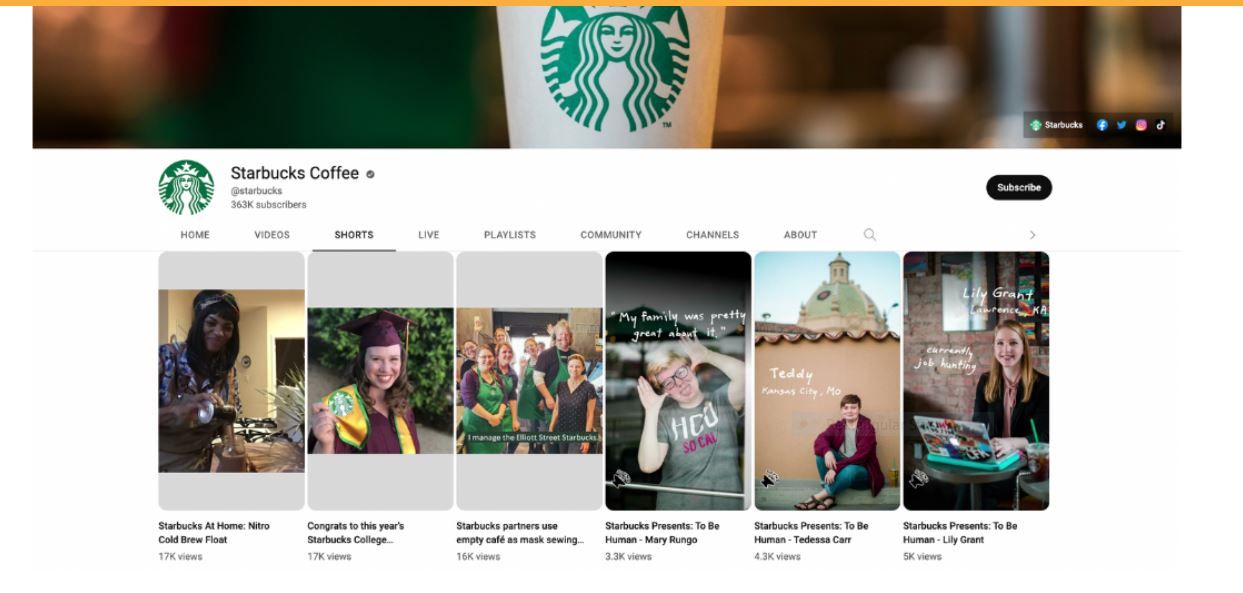
• Coca-Cola "Share a Coke" campaign: Coca-Cola placed the names of popular first names on its cans and bottles. Customers were encouraged to share photos of themselves with their namesake Coca-Cola products on social media. The campaign was a huge success, and it helped to boost sales for Coca-Cola.
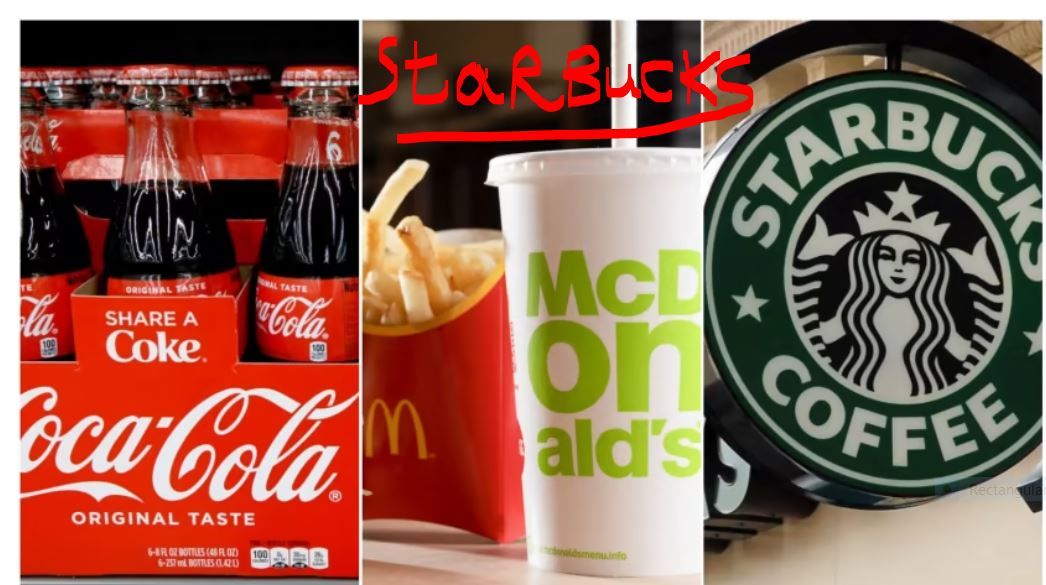
• Chipotle's "Guac is Extra But Worth It" campaign: Chipotle ran a contest where customers could win free guacamole for a year. To enter, customers had to tweet a photo of themselves with the hashtag #GuacIsExtraButWorthIt.
The contest was a huge success, and it helped to generate excitement and buzz around Chipotle's guacamole.
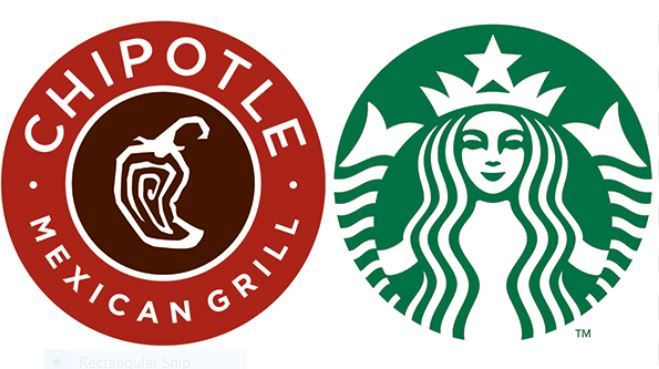
Social Media Influencer Collaborations
Collaborating with social media influencers is an effective way for businesses to leverage the trust and influence that these individuals have built with their followers.
By partnering with influencers whose values align with their brand, businesses can tap into their expertise and reach a highly targeted audience.
Whether it's through sponsored content, brand ambassadorships, or product reviews, social media influencer collaborations can help businesses increase social media engagement, drive sales, and build credibility.
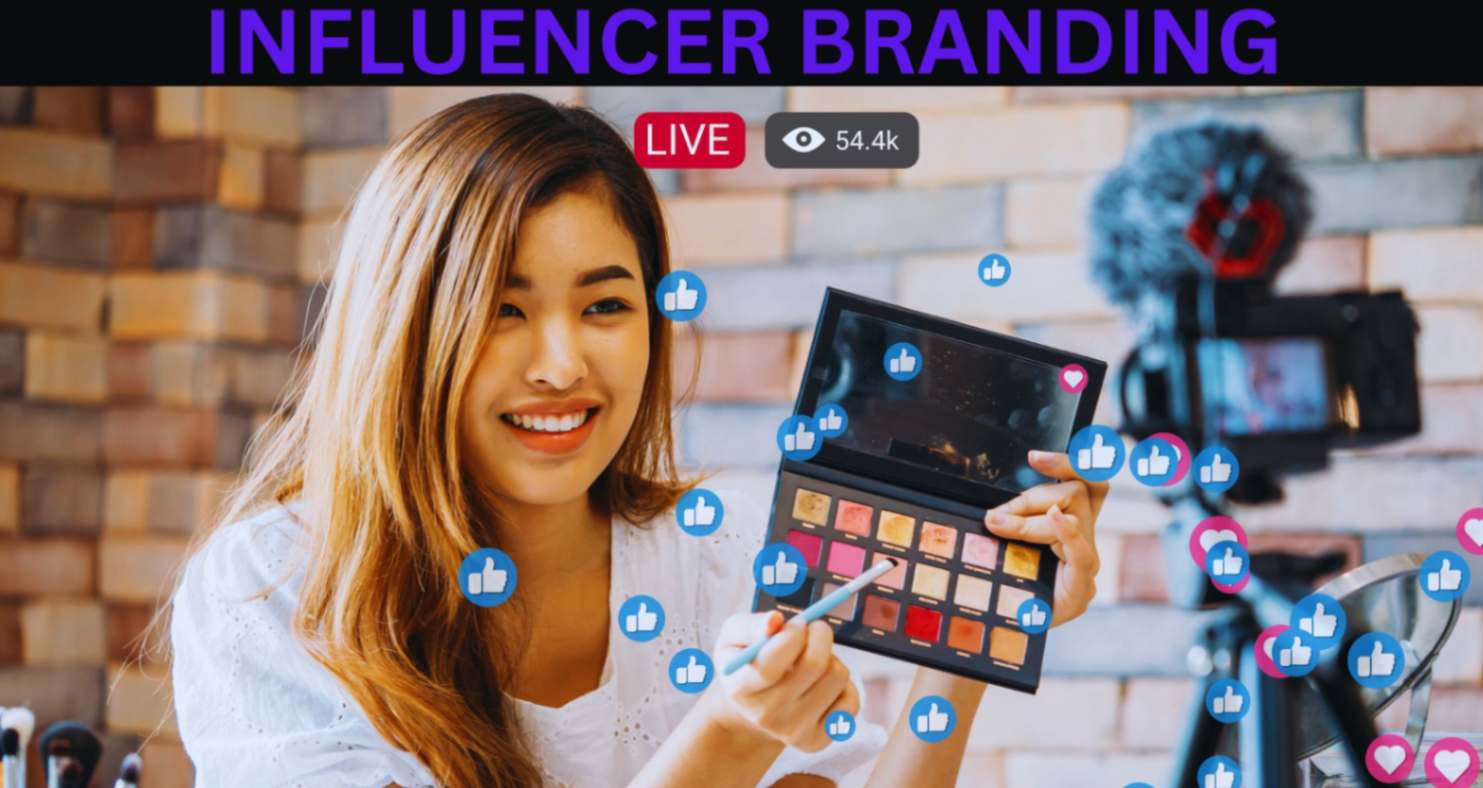
Benefits of Social Media Influencer Collaborations
- Increased brand awareness: When influencers promote products or services to their followers, their recommendations are often seen as more credible and trustworthy than traditional advertising. This can help businesses to reach a wider audience and increase brand awareness.
- Increased credibility: Influencers have built their credibility and trust with their followers over time. When they partner with a business, this can help to transfer that credibility to the brand.
- Driven sales: Influencer marketing can be used to generate leads and sales for businesses. When influencers promote products or services to their followers, they can include a link to the business's website or landing page.
This makes it easy for followers to learn more about the product or service and make a purchase. - Built credibility: Social media influencer collaborations can help businesses to build credibility and trust with their target audience.
When influencers share positive experiences with a brand, their followers are more likely to view the brand favorably.
How to Choose the Right Influencers to Collaborate With
When choosing influencers to collaborate with, businesses should consider the following factors:
- Audience: Choose influencers who have a target audience that aligns with your own. This will help you to reach the right people with your marketing message.
- Engagement: Choose influencers who have a high engagement rate with their followers. This means that their followers are likely to see and interact with their engaging content.
- Credibility: Choose influencers who have a good reputation and are credible to their followers.
- Values: Choose influencers whose values align with your brand. This will help to ensure that your collaboration is authentic and meaningful.
How to Build Successful Social Media Influencer Collaborations
Once you have chosen influencers to collaborate with, it is important to develop a clear plan that outlines the goals of the collaboration, the deliverables, and the compensation.
It is also important to give influencers creative freedom to create content that is authentic to their brand and that will bond with their followers.
Here are some additional tips for building successful social media influencer collaborations:
- Set clear goals: What do you want to achieve with your influencer marketing campaign? Do you want to increase brand awareness, drive traffic to your website, or generate leads?
Once you know your goals, you can choose influencers and create content that will help you to achieve them. - Be transparent: Disclose that the influencer is being compensated for their content and that they have a relationship with your brand.
This will help to build trust with your audience and ensure that your collaboration is compliant with all relevant laws and regulations. - Track your results: It is important to track the results of your influencer marketing campaigns so that you can see what is working and what is not.
You can use social media analytics tools to track metrics such as reach, engagement, and website traffic.
By following these tips, businesses can build successful social media influencer collaborations that will help them to achieve their digital marketing goals.
Final Thoughts

social media marketing offers businesses a wide range of strategies to effectively reach and engage their target audience.
By leveraging influencer marketing, content marketing, video marketing, social media advertising, user-generated content, email marketing, hashtag campaigns, viral marketing, and social media influencer collaborations, brands can reach a wider audience, build trust with potential customers, and drive sales.
Businesses can achieve their marketing goals and establish a strong online presence.
So, don't underestimate the power of the different types of social media marketing in growing your business and connecting with your audience.
Start exploring these different types of social media marketing strategies and unlock the secrets to your social media strategy and success!
SUGGESTED ARTICLES
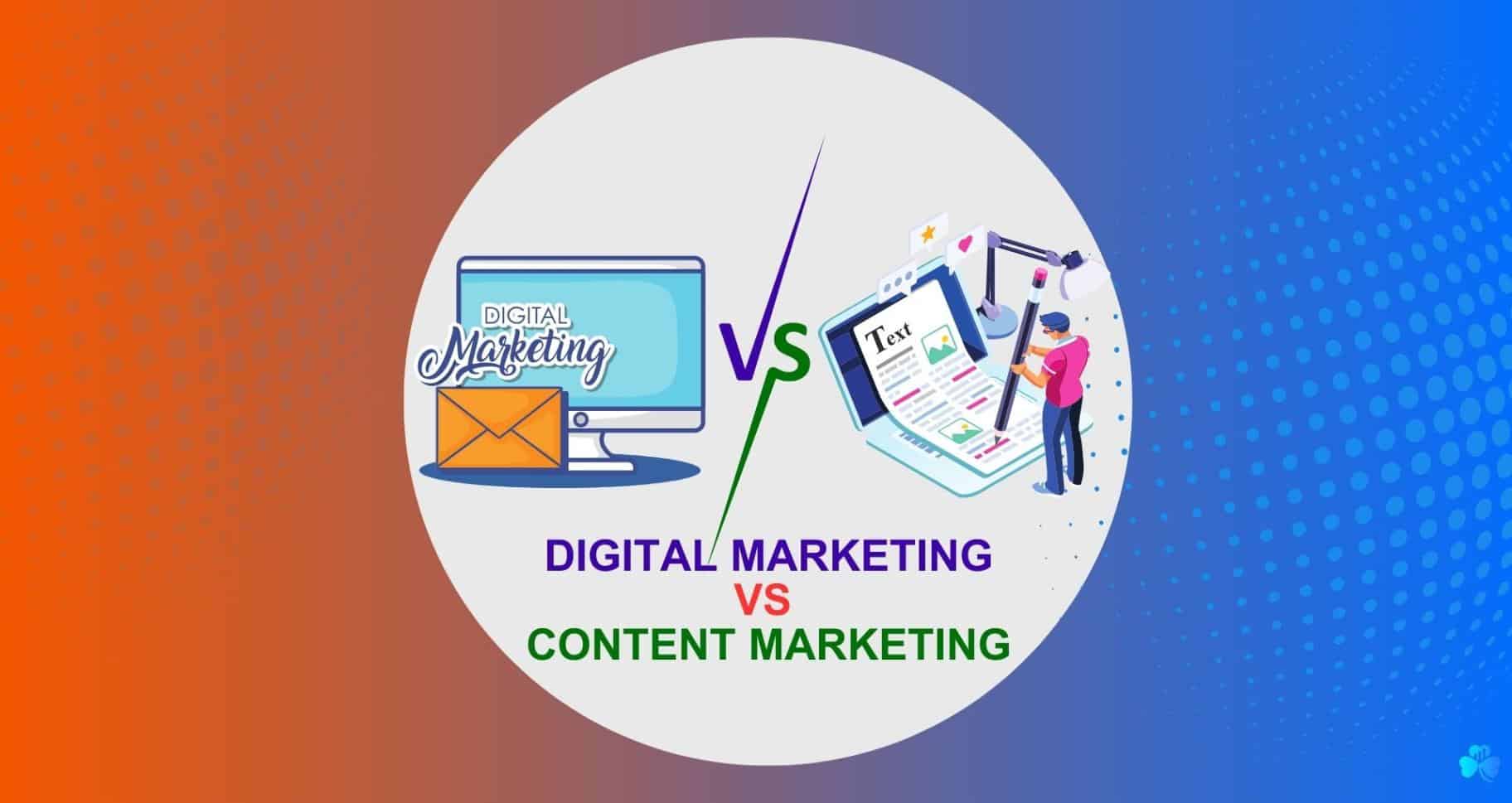
Digital Marketing vs Content Marketing: Which Is The Best?
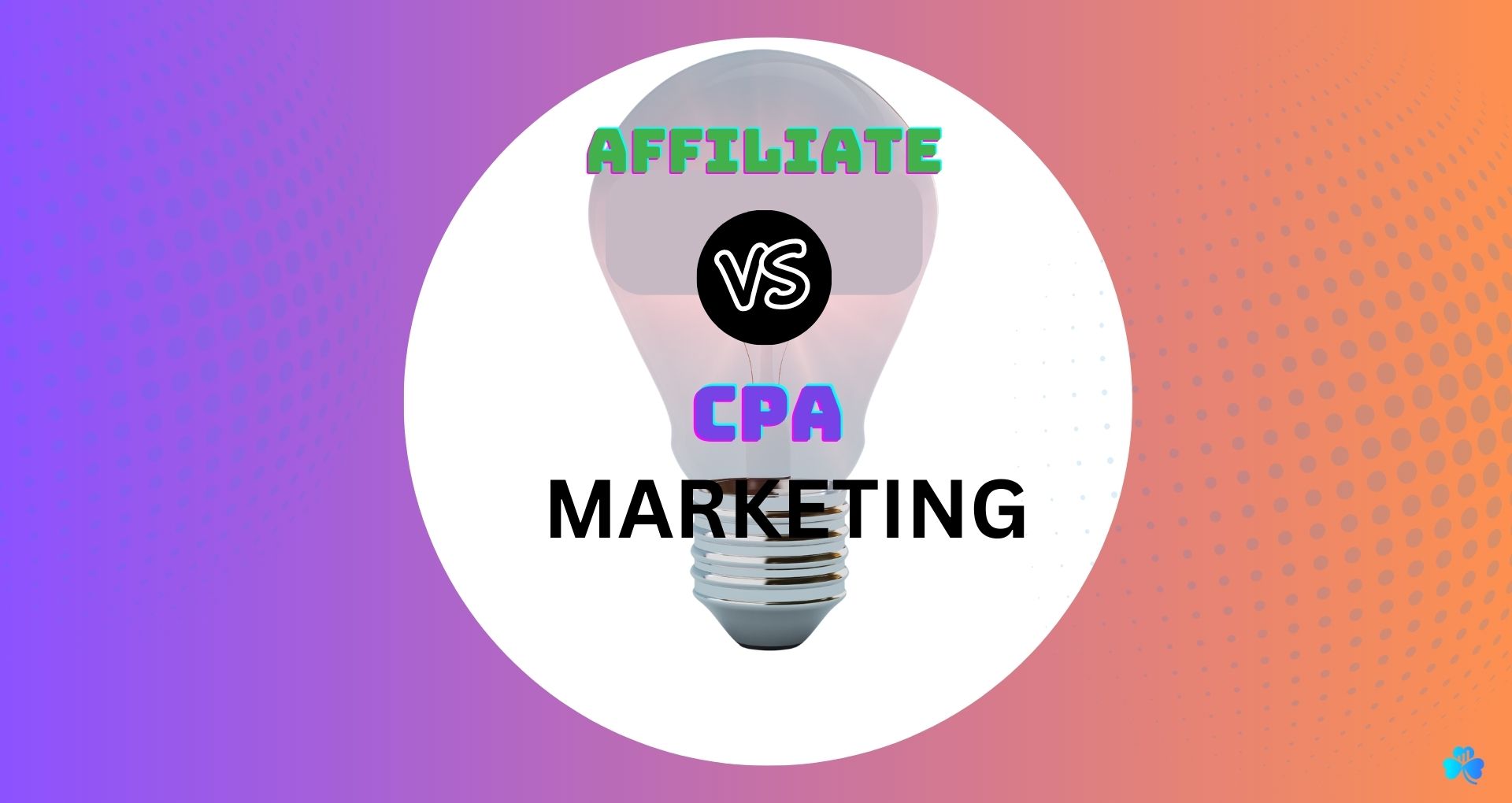
CPA Marketing vs Affiliate Marketing: Which Strategy Wins?

20 Genius Ways To Make Money Without A Job [2023]

19 Best AI Marketing Tools To Raise Productivity In [2024]
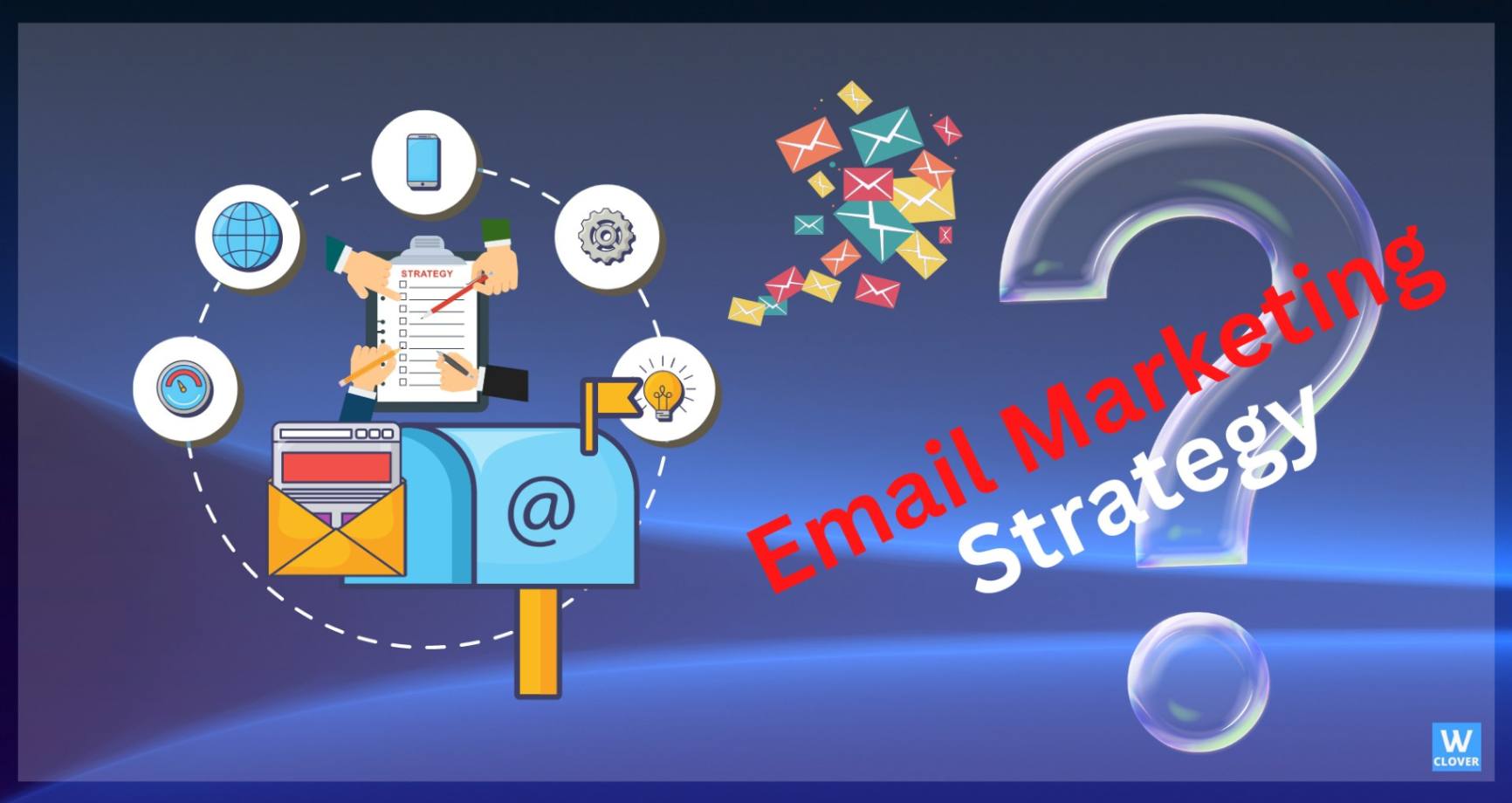
15 effective email marketing strategies to Explode your Profits In [2023]

15 Copywriting Skills To Set You Apart In [2023]
Subscribe And Grab Your FREE Ebook
"Explosive CopyWriting"
by Chris Manson
Harness the Power of Copywriting and Boost Your Conversions!
Discover insider secrets and my proven techniques in this FREE ebook.
Learn how to create compelling content that grabs attention, sparks desire, and compels your audience to take action.

